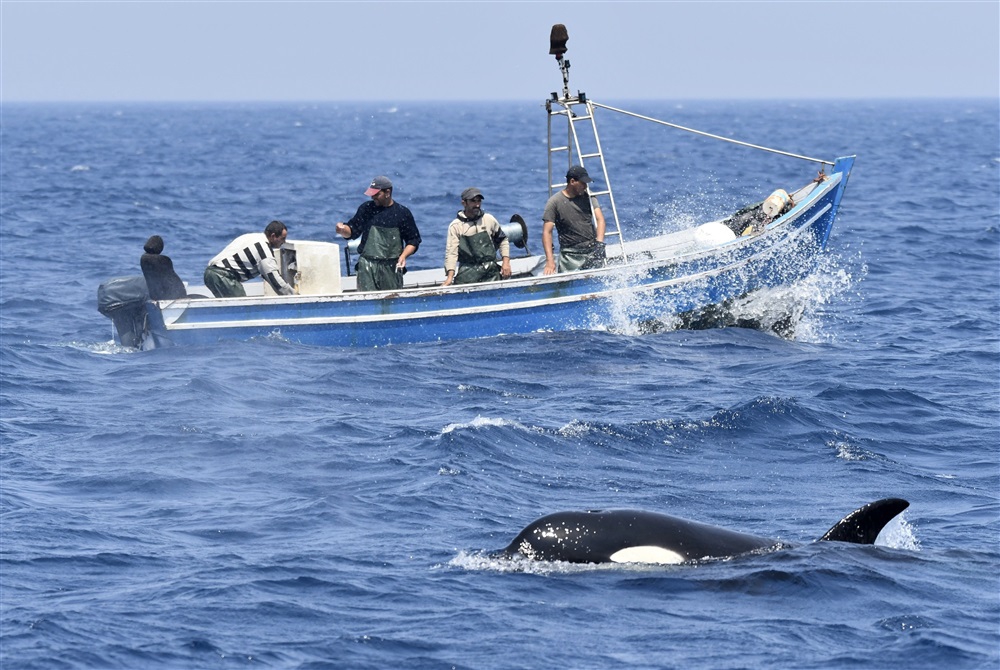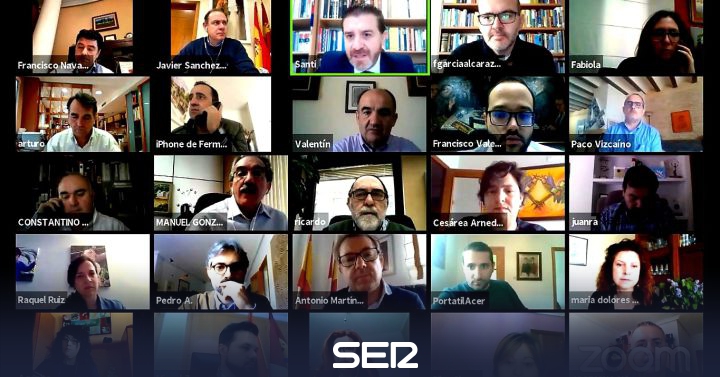NASA’s headquarters in Washington (United States) will be renamed in the name of its first African-American engineer, Mary Jackson, announced on June 24, 2020 the administrator of the American space agency, Jim Bridenstine.
A diploma obtained from an institution that practices racial segregation
“Mary W. Jackson was one of a group of very important women who helped NASA successfully send American astronauts into space. Mary never accepted the the state, she helped break down barriers and open up opportunities for African Americans and women in engineering and technology“Says Jim Bridenstine in a press release.”We are honored that NASA continues to celebrate the legacy of our mother and grandmother Mary W. Jackson, reacted Carolyn Lewis, the researcher’s daughter. She was a scientist, a humanitarian, a wife, a mother and a trailblazer who paved the way for thousands of others to be successful, not only in NASA, but throughout this country.“.
Mary Jackson was born and raised in Hampton, Virginia. In 1942, she graduated from the Hampton Institute with a double degree in mathematics and physical sciences to first become a professor of mathematics. She will then work as an accountant, or as a secretary in the US Army. In 1951, her career took off: she was recruited as a mathematician by the National Advisory Committee for Aeronautics, which in 1958 was replaced by NASA. Two years later, she was offered a position in the 4×4 Supersonic Pressure Tunnel, “a 60,000 horsepower wind tunnel ” producing “winds approaching double the speed of sound“Says NASA. She learned to conduct experiments there.
In this 1950s NASA photo, Mary Jackson (front row, far right) stands with staff outside the 4×4 Supersonic Pressure Tunnel. Credit: NASA LANGLEY / NASA / AFP
Her supervisor then offers her the opportunity to train in order to move from mathematician to engineer. Classes are held at Hampton High School as racial segregation continues in the United States. She then needs special permission to join the white students in the classroom. “Jackson graduated, got her promotion, and in 1958 became NASA’s first black female engineer., welcomes the space agency. For nearly two decades during her engineering career, she wrote or co-authored numerous research reports“. In 1979, her status as a pioneer led her to recruit and then promote the next generation of women mathematicians, engineers and scientists. She retired in 1985 and died twenty years later.
Shadow figures
The head of the space agency pledged to continue to recognize the efforts of women, African Americans and people from all walks of life. “which allowed NASA to write a history of successful explorationsIn the face of pressure from the streets and social networks, in a context of historic protests, American companies and institutions have immersed themselves in a vast introspection on the place given to the African-American population in society and systemic racism. which strikes it and perpetuates inequalities. In 2019, NASA had already renamed the street serving its headquarters “Hidden Figures Way” (Passage of the Shadow Figures) in honor of three black mathematicians (Mary Jackson, Katherine Johnson, Dorothy Vaughan) whose work, documented in the film “Shadows Figures”, proved invaluable in the American space conquest.
With AFP
–


